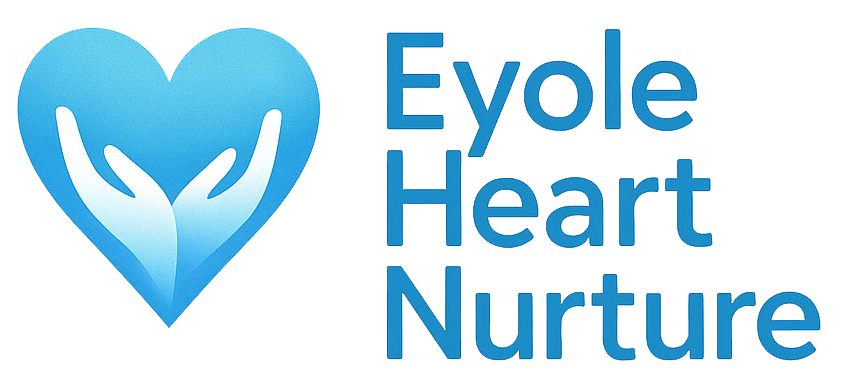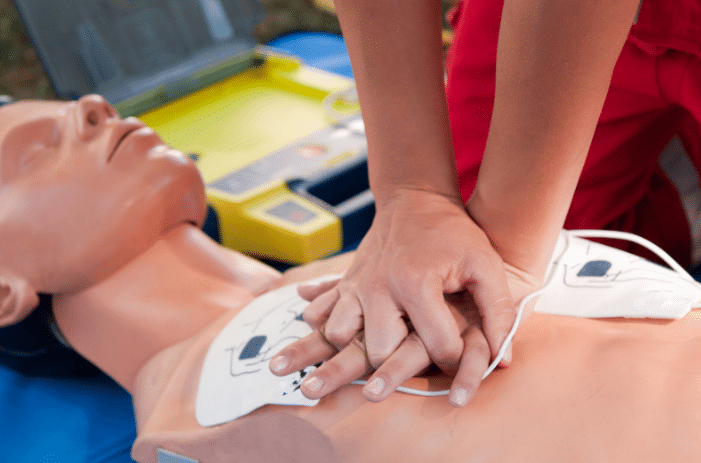Imagine you’re in a bustling market when you suddenly see someone collapse; their heart has stopped, and they aren’t breathing. What do you do? This is where CPR (Cardiopulmonary Resuscitation) becomes a lifesaver. According to the American Heart Association, everyone can learn CPR to protect loved ones and neighbors. But what are the risks involved? Let’s explore this together.
What Is CPR?
CPR is an emergency procedure used when a person’s heartbeat or breathing stops, often after a heart attack or drowning. It’s sometimes called the “Kiss of Life” because it includes rescue breaths that supply oxygen to the lungs.
In African countries like Cameroon, where emergency services may take time to arrive, knowing CPR can be the difference between life and death. While it sometimes causes injuries like broken ribs, these risks are minimal compared to saving a precious life.

The American Heart Association recommends starting CPR by pushing hard and fast on the chest. The pushes are called compressions. This hands-only CPR recommendation is for both people without training and first responders.
Risks of CPR: What You Should Know
CPR compressions push the chest hard to mimic the heartbeat. This force could sometimes cause cracked ribs or bruised tissues, especially in older adults. But even if these risks worry you, remember: doing CPR is better than doing nothing at all.
The American heart Association advises that If you’re not trained in CPR, do hands-only CPR. Push hard and fast in the center of the chest 100 to 120 times a minute. Do this until medical help arrives.
If you’re well trained and confident in your CPR ability, check to see if there is a pulse and breathing. If there is no pulse or breathing within 10 seconds, begin chest compressions. Start CPR with 30 chest compressions. Then give two rescue breaths. Continue this pattern of chest compressions and rescue breaths until medical help arrives.
The American Heart Association uses the letters C-A-B to help people remember the order to perform the steps of CPR.
- C: compressions.
- A: airway.
- B: breathing. Learn more here.
Women and CPR
Studies show that only about 39% of women receive CPR in public from a stranger, a rate lower than men’s, reflecting a significant gap that puts women’s lives at risk.

According to the American Heart Association, everyone can be a hero by learning Hands-Only CPR, a simple, lifesaving skill. If a teen or adult collapses, immediately call emergency services, then push hard and fast on the centre of the chest at a pace matching the beat of “I Like It” by Cardi B, about 100 to 120 compressions per minute. This quick action can double a person’s chance of survival, helping bridge the gender gap where fear or hesitation often prevents CPR on women due to myths or concerns about inappropriate touch.
Next Steps
Learn Hands-Only CPR: call for help, then push hard and fast in the center of the chest at 100 to 120 compressions per minute until help arrives. While you wait, call on the name of Jesus with faith, trusting in His power to save and heal. As the Bible promises, “For whosoever shall call upon the name of the Lord shall be saved” (Romans 10:13). Share this lifesaving knowledge with your community and be a beacon of hope and strength.
Frequently Asked Questions about CPR for Eyole Heart Nurture
What is CPR?
CPR is an emergency procedure used to restart the heart and lungs when someone stops breathing or their heart stops beating.
Why is CPR called the ‘Kiss of Life’?
Because it often involves rescue breaths that breathe life back into a person struggling to survive.
What is the 30-2 rule in CPR?
It means giving 30 chest compressions followed by 2 rescue breaths, repeating this cycle during CPR.
Which is a main goal of CPR?
To keep oxygen-rich blood flowing to the brain and vital organs.
When not to do CPR?
If the person is conscious, breathing normally, or has a pulse, or if it’s unsafe for you.
When to give shock in CPR?
Use an AED when available; follow its instructions to deliver shocks.





